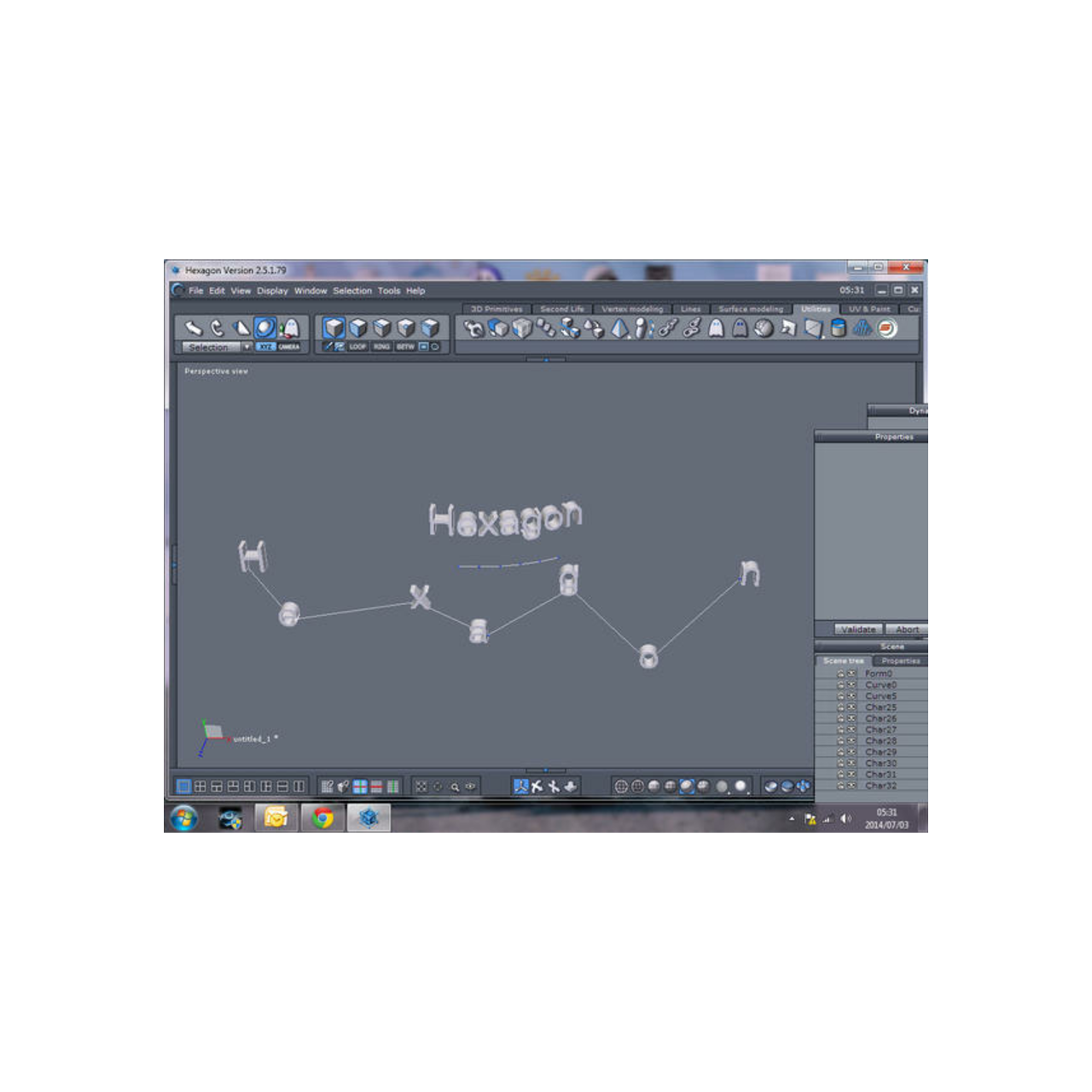

Characteristics that define these imagery data collection programs are resolution, collection frequency, and positional accuracy. These three companies provide highly accurate, high performance imagery data. drones), and cloud storage - are driving the potential for even higher resolution. New technologies - cameras, processing methods, collection platforms (i.e. In regards to nationwide imagery collection programs, 15 cm resolution imagery for urban areas and 30 cm imagery for rural areas are a common standard ( IAAO’s Mass Appraisal for Real Property (MARP) standard), and demand for 7.5 cm resolution is increasing. In addition to government usage, industries including mining, utility companies, natural resources (oil/gas), real estate, insurance, and solar companies utilize imagery from these three providers in different ways. The development of different imagery delivery methods has made purchasing imagery more affordable for key government sectors (transportation, public safety, environment). We’re going to compare three of the top companies operating large-scale imagery collection programs: EagleView vs Nearmap vs Sanborn. These investments are dilutive to short and medium-term profitability, however accretive to long-term shareholder value.When it comes to delivering consistent aerial imagery data at a national scale year after year, there are three companies that are beginning to stand out from the rest of the competition. Substantial organizational investments are being made to further develop Hexagon’s Hydrogen position. The two large OEM contracts for delivery of hydrogen tanks to new fuel cell electric vehicle models (FCEVs) received in 2018, demonstrate the market development into large scale serial production, and Hexagon’s strong competitive position for hydrogen storage solutions. OUTLOOK Hexagon experiences high activity in all segments of the Hydrogen business and is involved in a number of hydro- gen development projects. The strong market momentum is expected to attract more competitors. Among the competitors are the existing Type 3 and Type 4 CNG cylinder manufacturers, as well as a new class of competitors that have emerged, including automotive OEMs and Tier 1 suppliers. The superior fatigue properties of the cylinders further enhance safety as they remain corrosion-free over their lifetime. Global regulations require that new tank prototypes undergo stringent pressure, temperature and fatigue tests, regardless of size. Type 4 cylinders are widely accepted as the optimal solution for 700 bar hydrogen storage systems for many vehicle types. 27 2018 AT A GLANCE FROM THE BOARD ROOM FINANCIAL STATEMENTS COMPETITION Hexagon’s high-pressure Type 4 cylinders are at the forefront of hydrogen storage and fuel cell vehicle technol- ogy.


 0 kommentar(er)
0 kommentar(er)
